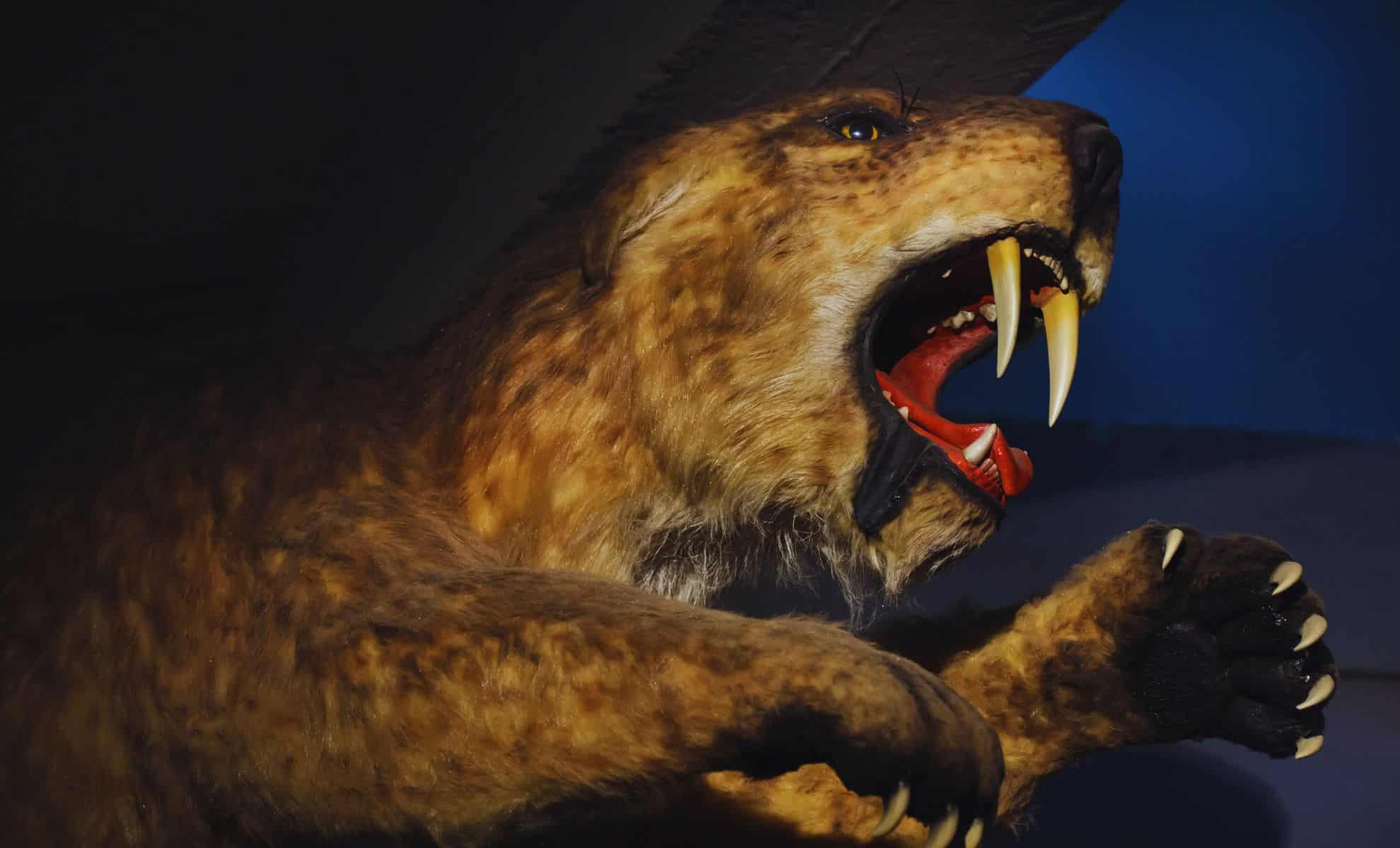A new species of giant saber-toothed cat has been identified, providing fresh insights into the history of North America’s prehistoric predators. This remarkable animal, which lived between 5 million and 9 million years ago, weighed as much as 900 pounds and preyed on animals weighing 1,000 to 2,000 pounds. Researchers made this discovery after a thorough comparison of seven uncategorized fossil specimens with previously identified fossil and bone samples found around the world.
The Role of Forearm Bones in Identifying New Species
One of the most surprising aspects of this discovery was the role of the humerus, particularly the elbow region, in determining the species of this giant cat. Traditionally, researchers have used teeth as the primary means of identifying saber-toothed cats. However, in this case, the elbow bones were crucial to recognizing Machairodus lahayishupup. By comparing humerus fossils from various species of big cats, including modern lions, pumas, and tigers, researchers discovered that the large, muscular forearms of this new species were unlike any other known cat. This enabled them to confidently categorize it as a previously unidentified species of saber-toothed cat.
Through detailed measurements and digital models of fossilized bones, the team was able to distinguish the unique characteristics of this new cat. The largest of the humerus fossils analyzed was more than 18 inches long, significantly larger than the humerus of a modern adult male lion, which averages around 13 inches in length. This difference in size and structure strongly suggests that Machairodus lahayishupup was a giant among the saber-toothed cats.
A Powerful Predator of the Past
Scientists estimate that Machairodus lahayishupup weighed an average of around 600 pounds, but it could have taken down prey as large as 6,000 pounds, based on the strength of its forelimbs and hunting habits. These cats likely preyed on large herbivores such as rhinoceroses, giant camels, and ground sloths, which were abundant in North America at the time.
Study co-author Jonathan Calede, an assistant professor at Ohio State University, described these animals as regularly hunting bison-sized creatures. “This was by far the largest cat alive at that time.” He emphasized that Machairodus lahayishupup was by far the largest cat alive in North America during that period.
Tracing the Evolution of Saber-Toothed Cats
The identification of Machairodus lahayishupup raises intriguing questions about the evolution of saber-toothed cats across different continents. While giant saber-toothed cats have been known to exist in Europe, Asia, and Africa, this new find indicates that North America also hosted its own giant species during this period. The question of whether these large cats evolved independently on each continent or shared a common ancestral species is one that researchers are eager to explore further.
Calede and co-author John Orcutt, who began this project as a graduate student, believe that their findings contribute significantly to the understanding of saber-toothed cat evolution. They propose that the discovery of similar large cats across multiple continents points to either a pattern of repeated independent evolution or a common ancestor that dispersed globally.
